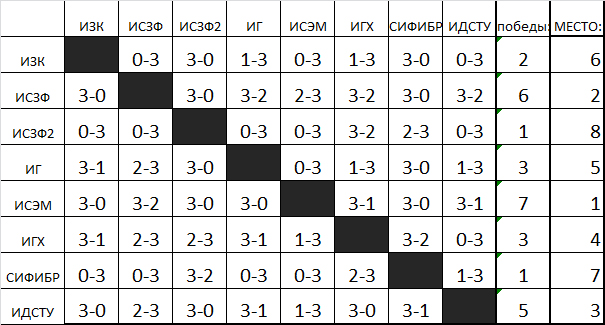Анна Мыльникова представит статью:
A. J. Coaster et al. Statistical framework for estimating GNSS bias.
Место: Институт солнечно-земной физики, Л413
Время: 2015.11.12 в 11:00
Abstract
We present a statistical framework for estimating global navigation satel-
lite system (GNSS) non-ionospheric differential time delay bias. The biases
are estimated by examining differences of measured line integrated electron
densities (TEC) that are scaled to equivalent vertical integrated densities. The
spatio-temporal variability, instrumentation dependent errors, and errors due
to inaccurate ionospheric altitude profile assumptions are modeled as structure
functions. These structure functions determine how the TEC differences are
weighted in the linear least-squares minimization procedure, which is used to
produce the bias estimates. A method for automatic detection and removal
of outlier measurements that do not fit into a model of receiver bias is also
described. The same statistical framework can be used for a single receiver
station, but it also scales to a large global network of receivers. In addition
to the Global Positioning System (GPS), the method is also applicable to other
dual frequency GNSS systems, such as GLONASS (Globalnaya Navigazion-
naya Sputnikovaya Sistema). The use of the framework is demonstrated in
practice through several examples. A specific implementation of the methods
presented here are used to compute GPS receiver biases for measurements in
the MIT Haystack Madrigal distributed database system. Results of the new
algorithm are compared with the current MIT Haystack Observatory MAPGPS
bias determination algorithm. The new method is found to produce estimates
of receiver bias that have reduced day-to-day variability and more consistent
coincident vertical TEC values.

